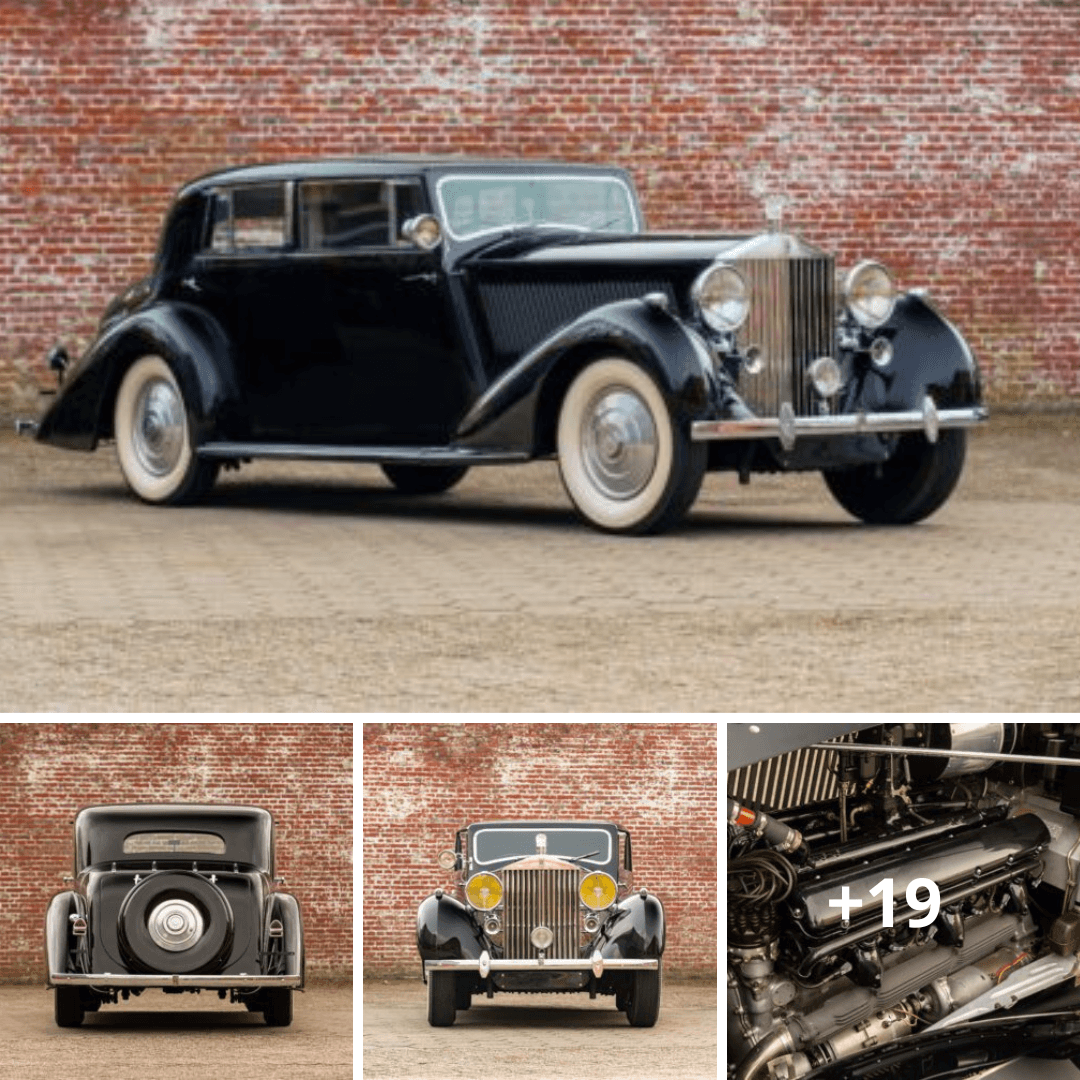Timeless Elegance: Exploring the 1936 Rolls-Royce Phantom III Saloon
Pho Nguyen
- 19 Apr 2024

There is little doubt that the Rolls-Royce Phantom III is one of the most astounding luxury automobiles that was produced during the 1930s. This outstanding automobile, which was shown to the public in 1936 and had a V12 engine with a capacity of 7,340 cc, succeeded the Phantom II, whose six-cylinder engine had developed to the point that it had reached the end of its career. Given the vast experience that Rolls-Royce has in the production of V12 aero engines, particularly those that are utilized in ground-breaking aircraft such as the Supermarine S6B seaplane, the company’s decision to go with a V12 arrangement was a smart one. There is a possibility that the competition from other luxury automobile manufacturers, such as the V16 Cadillac and the V12 Hispano-Suiza, was another element that motivated them.
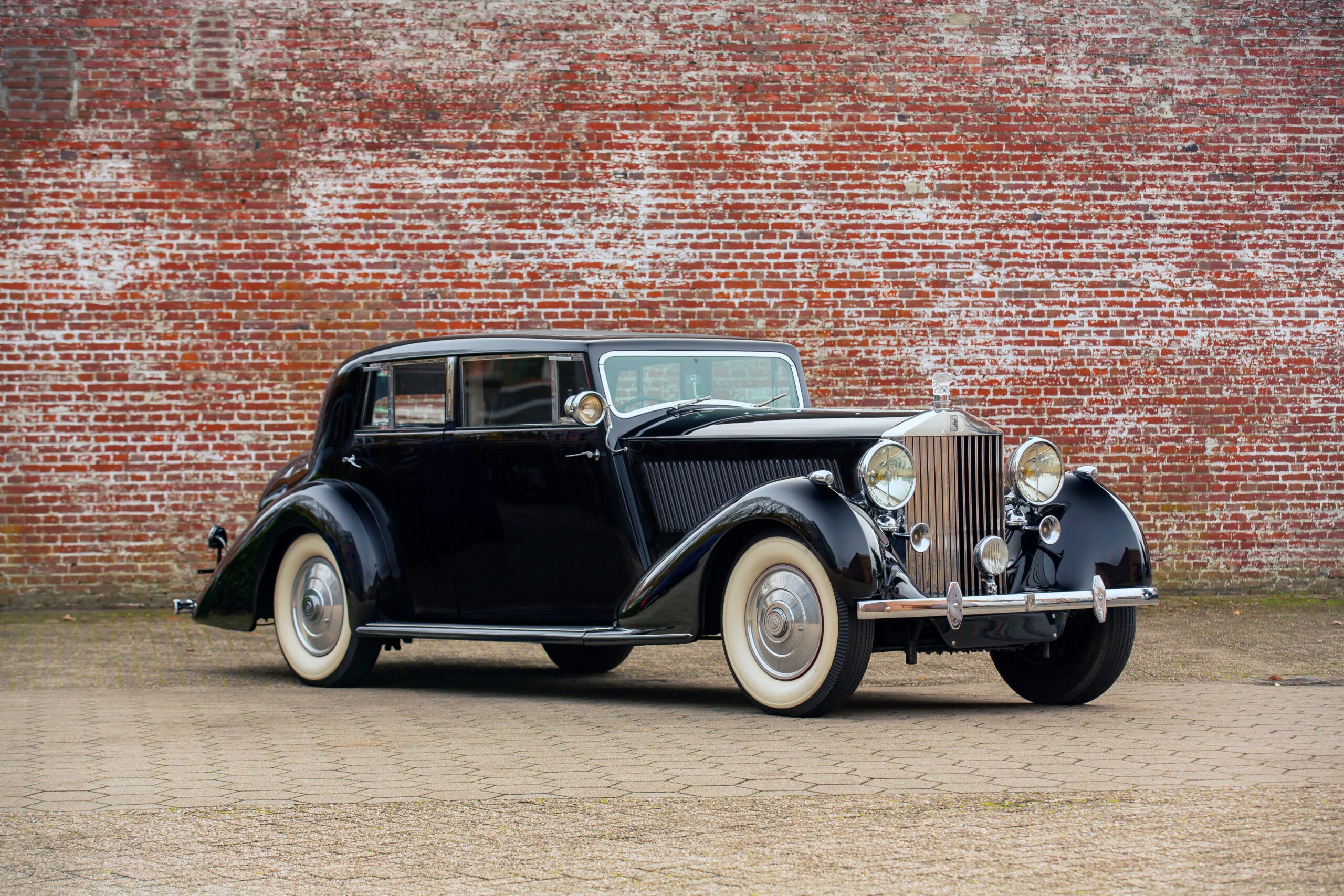
‘Skeleton’ cylinder blocks with wet liners and aluminum alloy cylinder heads were two examples of the cutting-edge materials and techniques that were incorporated into the Phantom III’s design, which was considered to be state-of-the-art. At the beginning of its development, the PIII V12 was capable of producing 165 horsepower, but this number was later raised to 180 brake horsepower. Because of this increase in power, subsequent models were able to attain speeds of up to 100 miles per hour, whilst earlier versions could only reach speeds of roughly 90 miles per hour. In addition to its potent engine, the Phantom III was the first model in Rolls-Royce’s automobile history to include independent front suspension. This was a key milestone in the company’s history.
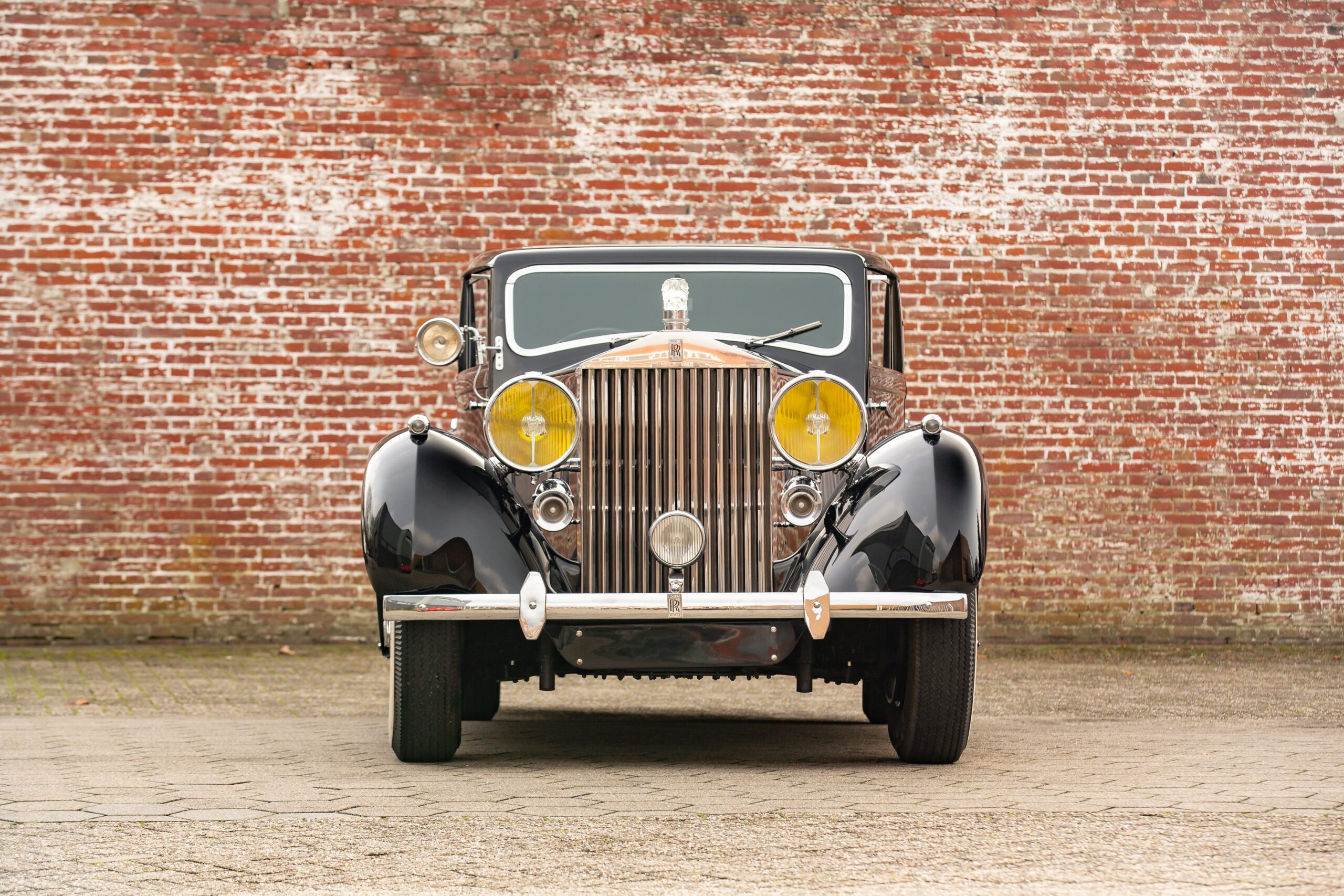
The manufacture that took place between 1936 and 1940 resulted in a total of only 727 Phantom IIIs, which included ten cars that were considered to be experimental. As of today, there are roughly 300 of these magnificent automobiles that are still in existence across the globe, which exemplifies the Phantom III’s long heritage and significance in the annals of Rolls-Royce automobile history.
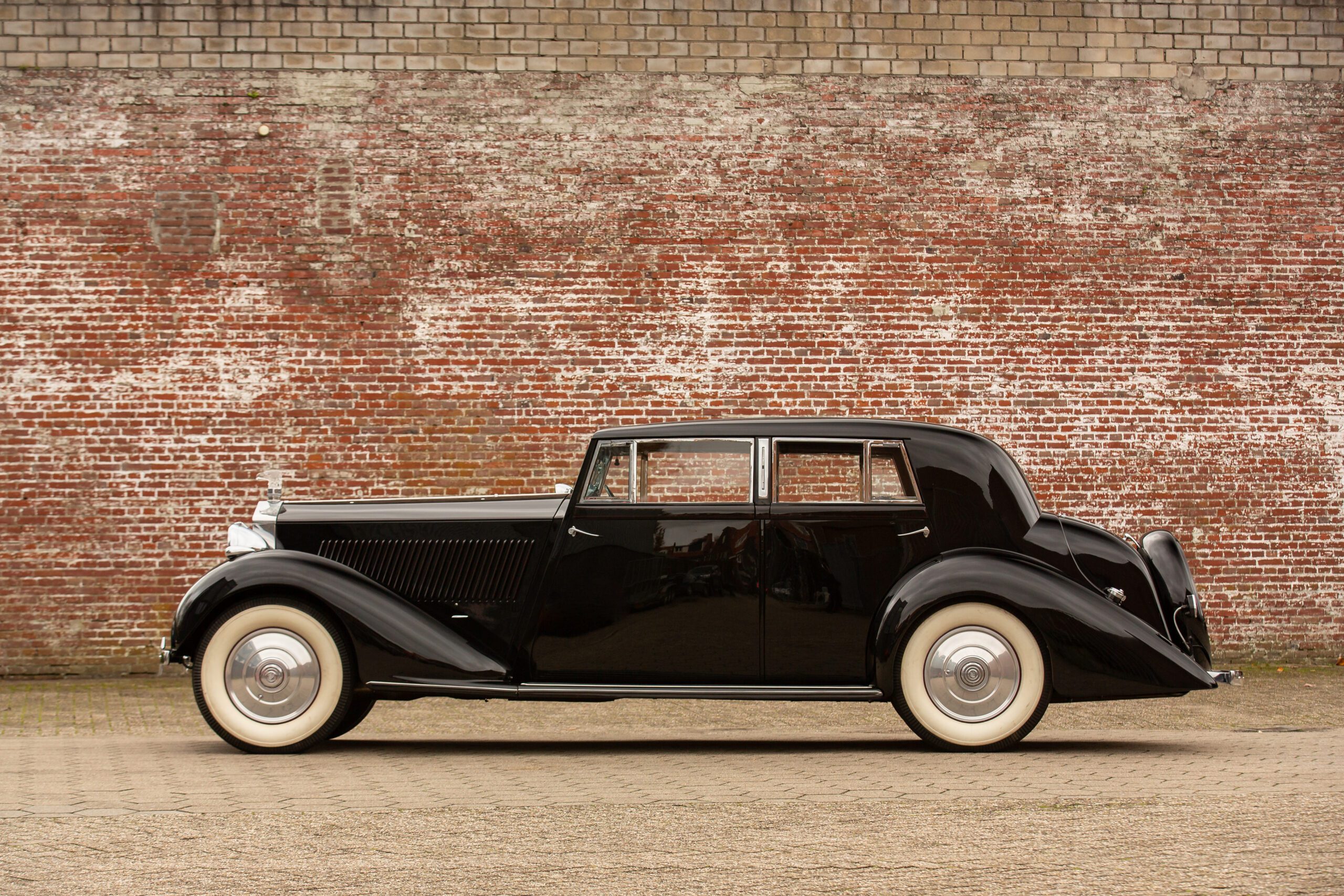
.
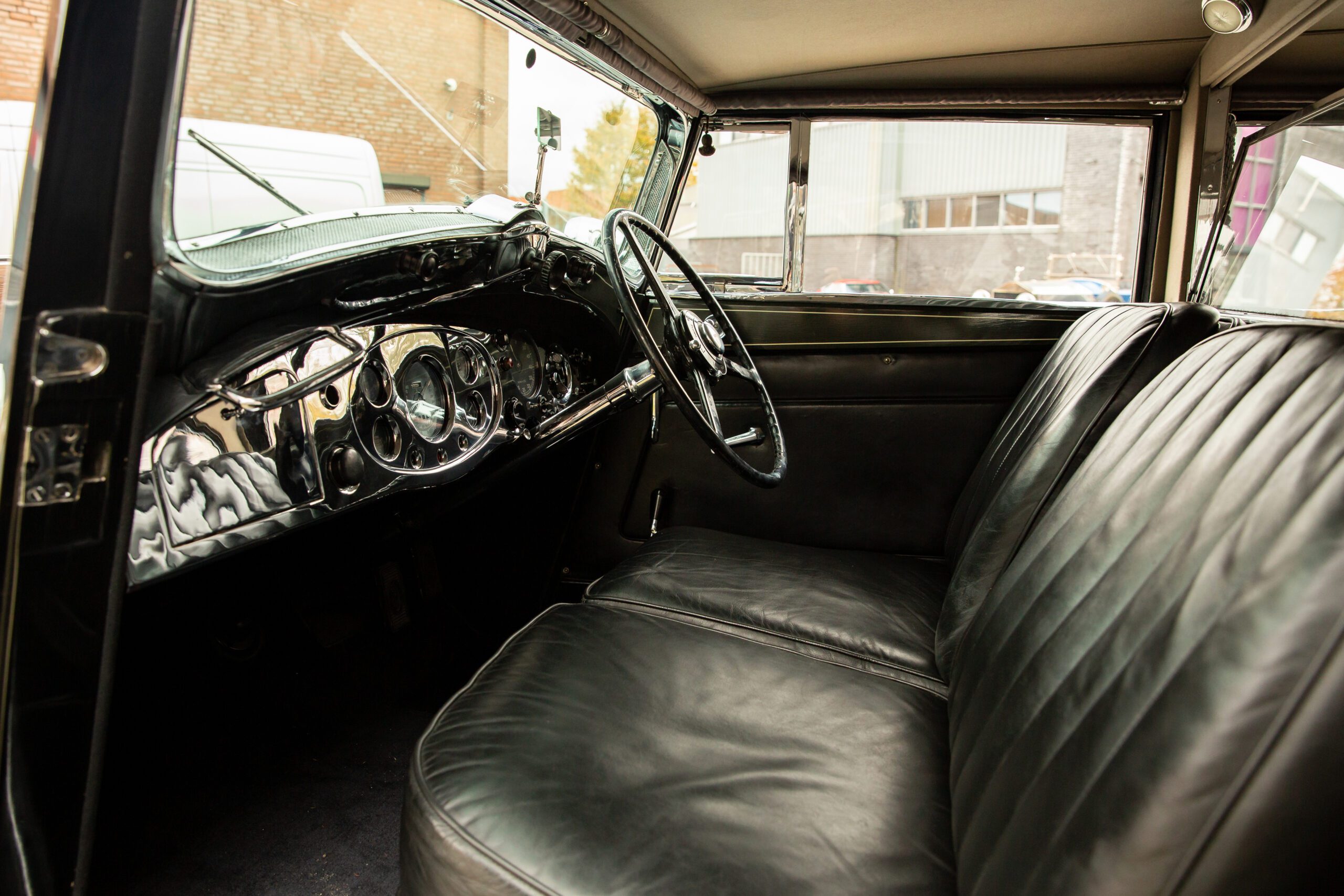
.
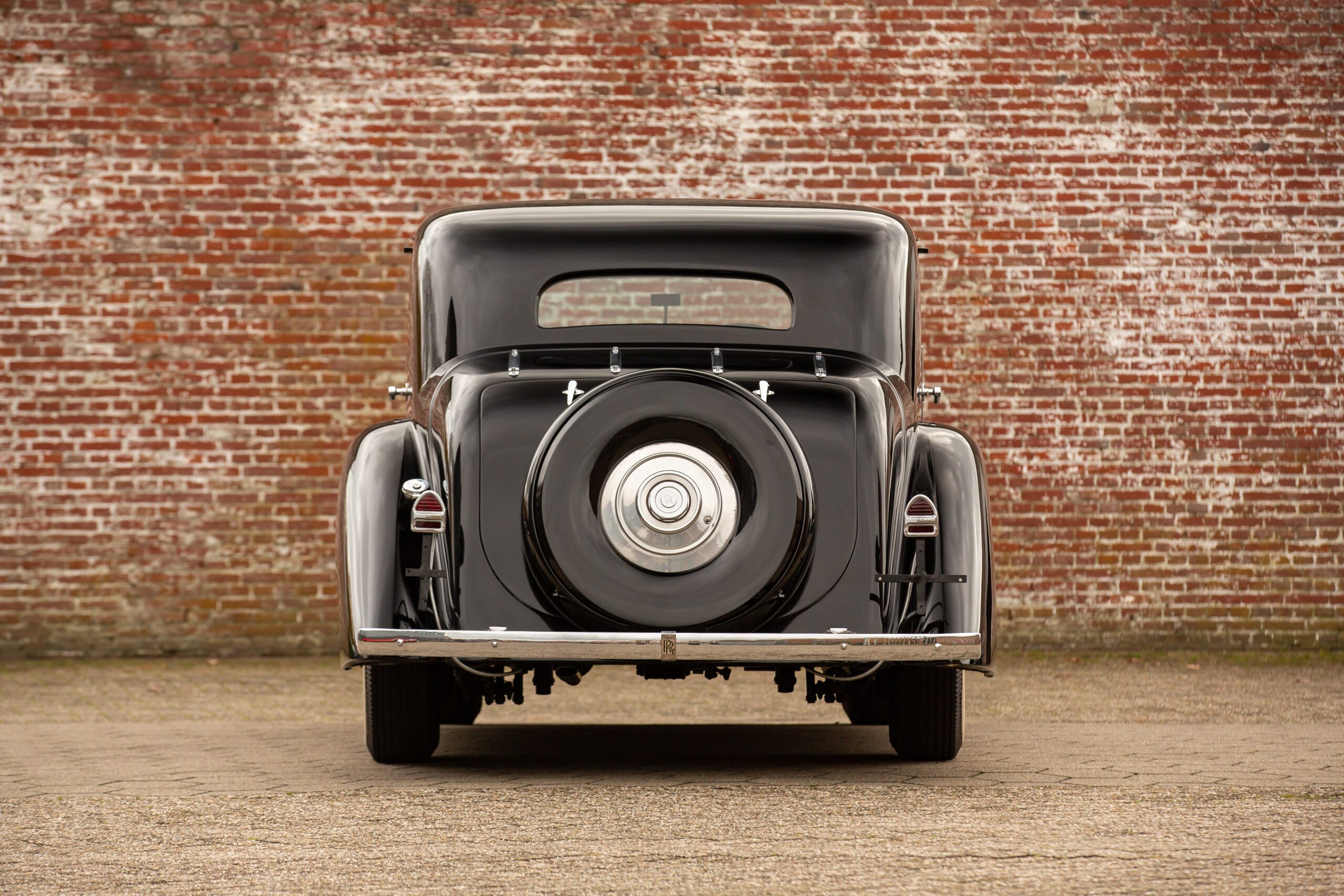
.
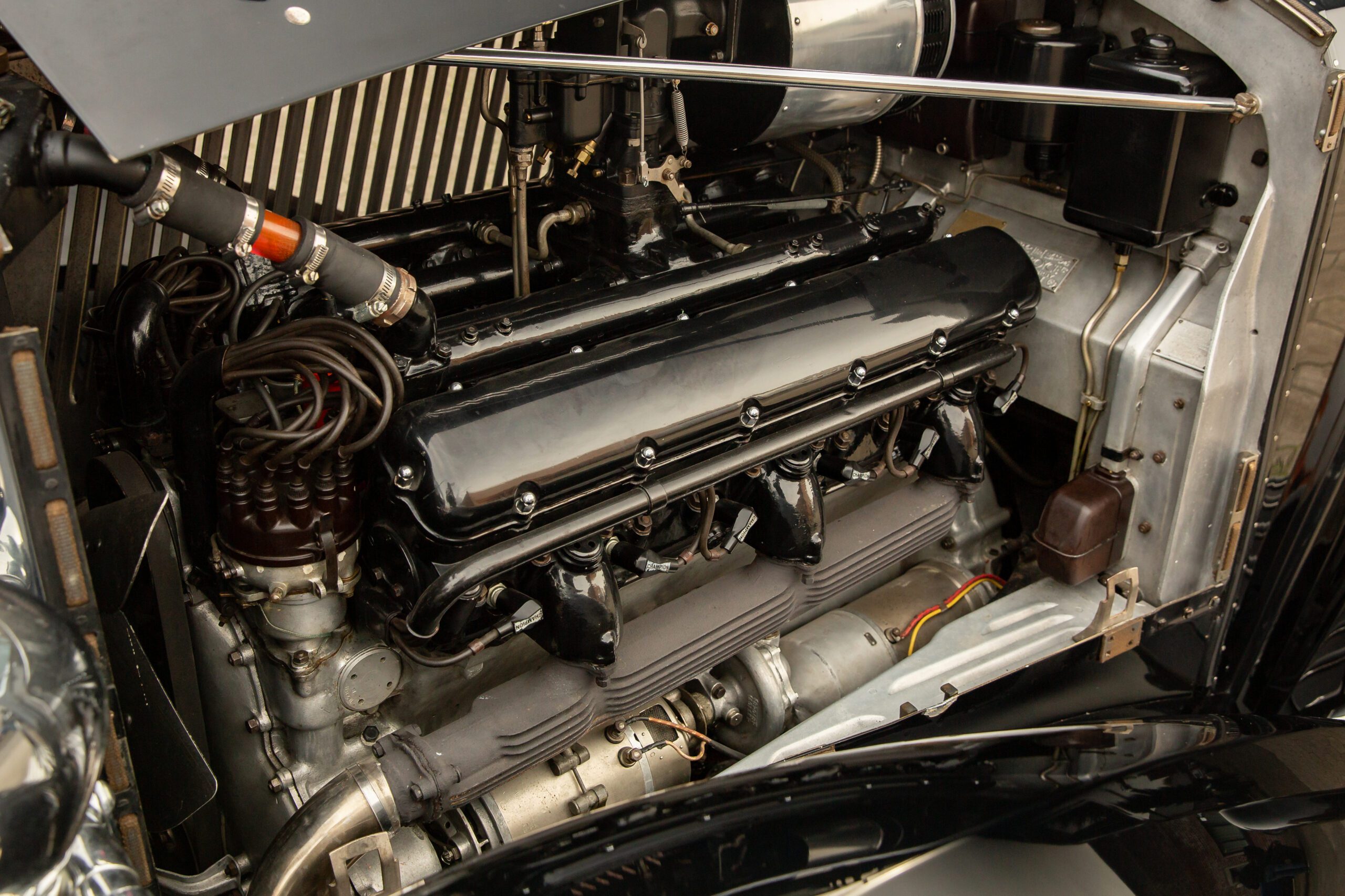
.

